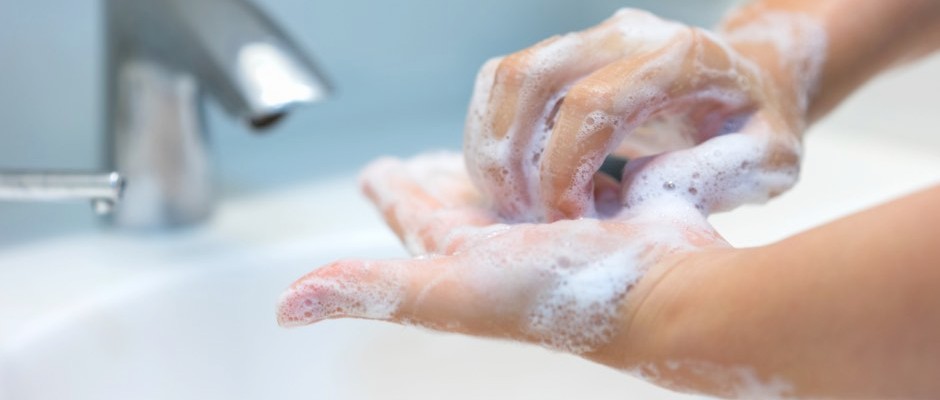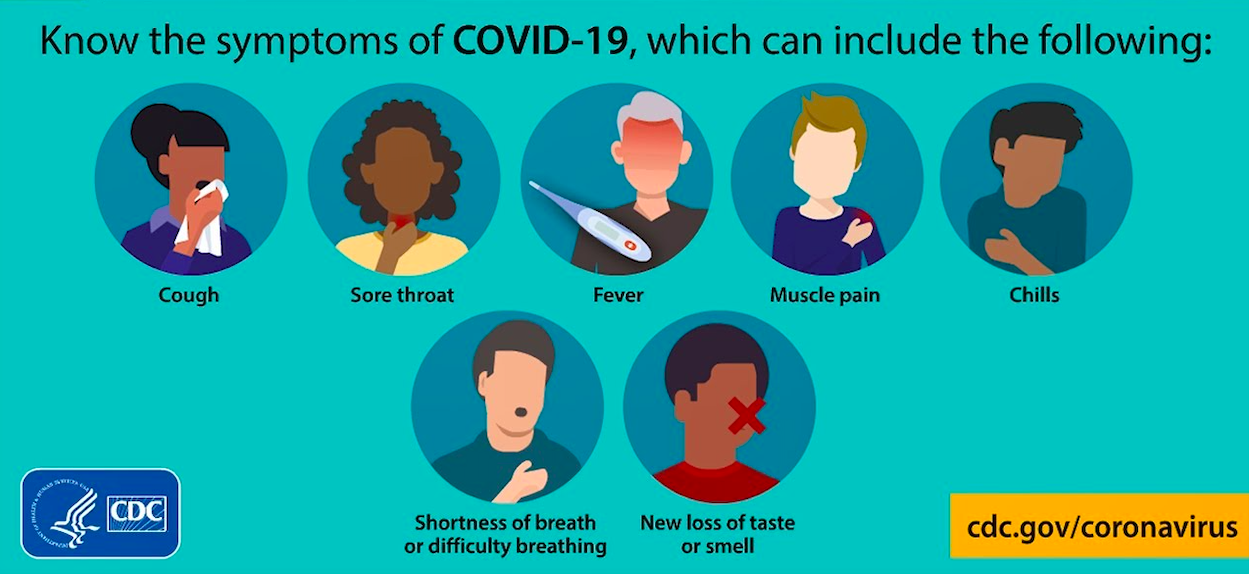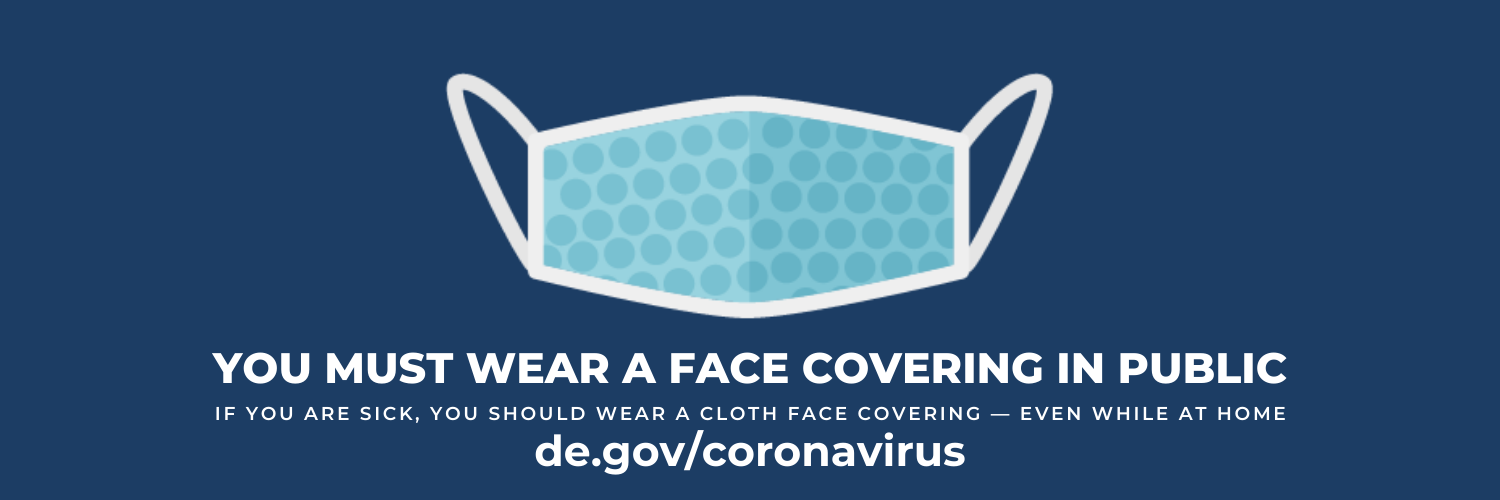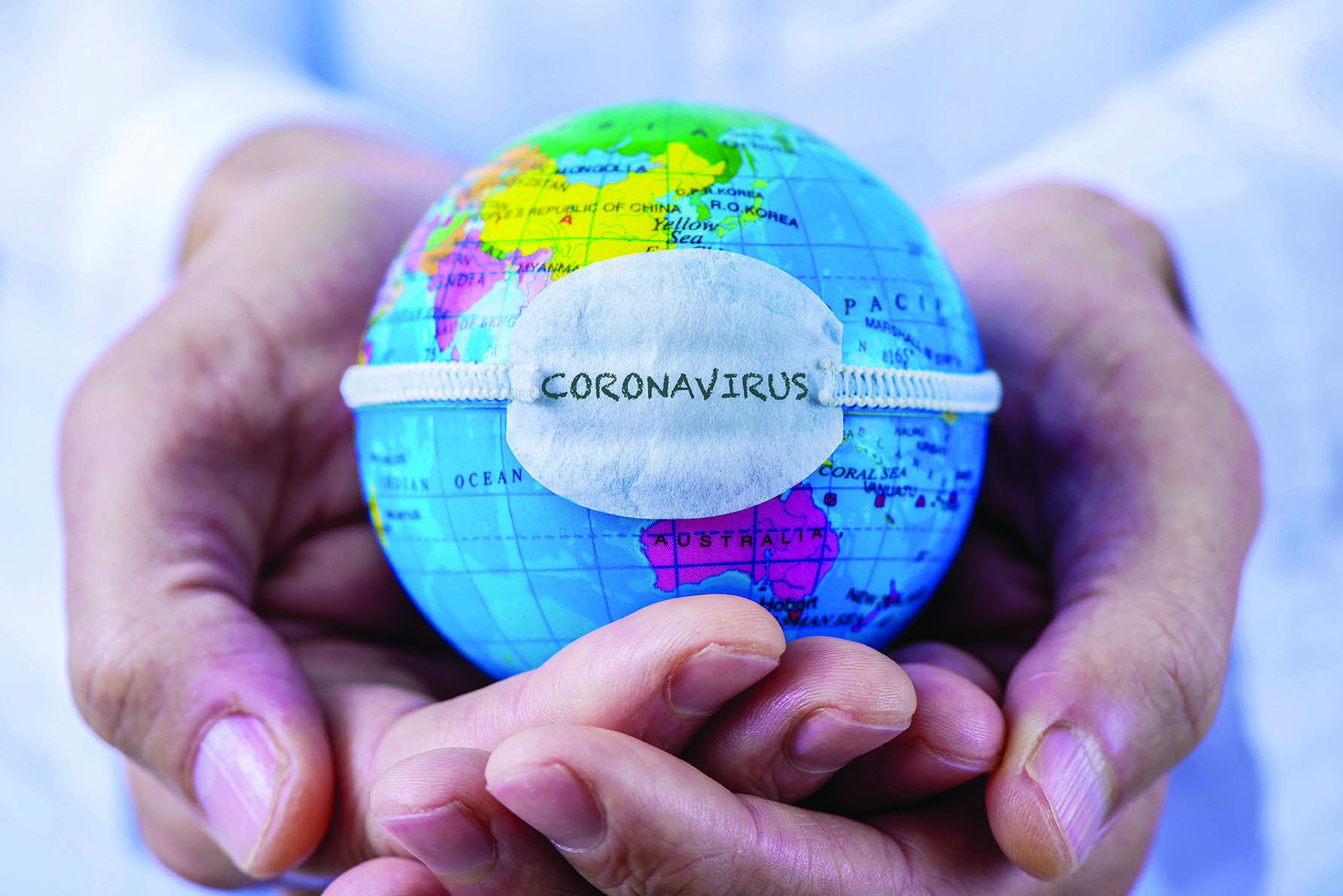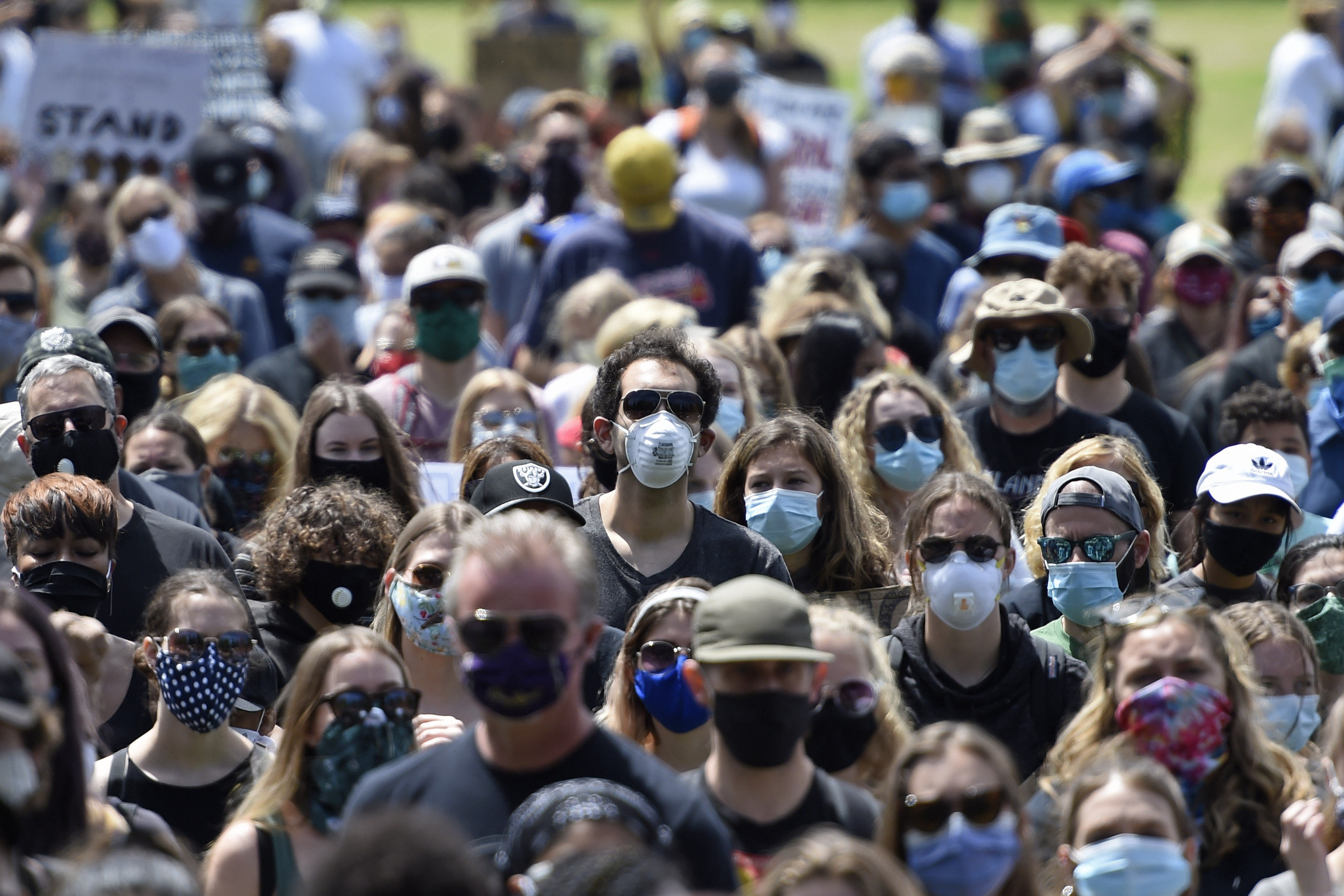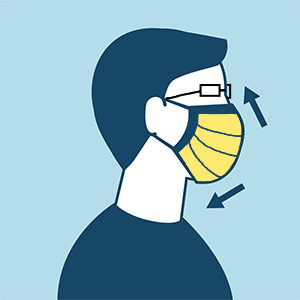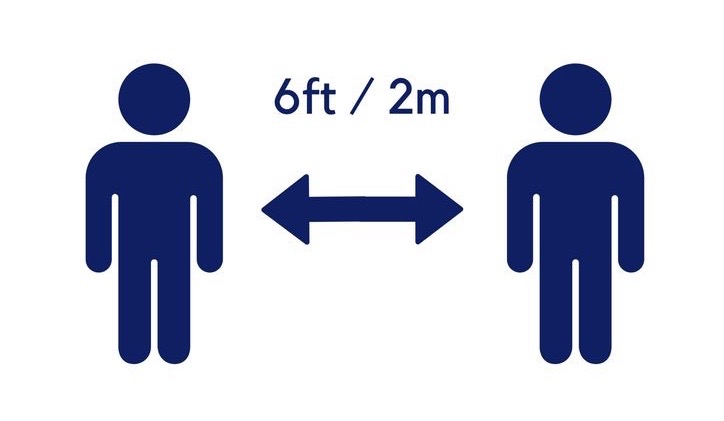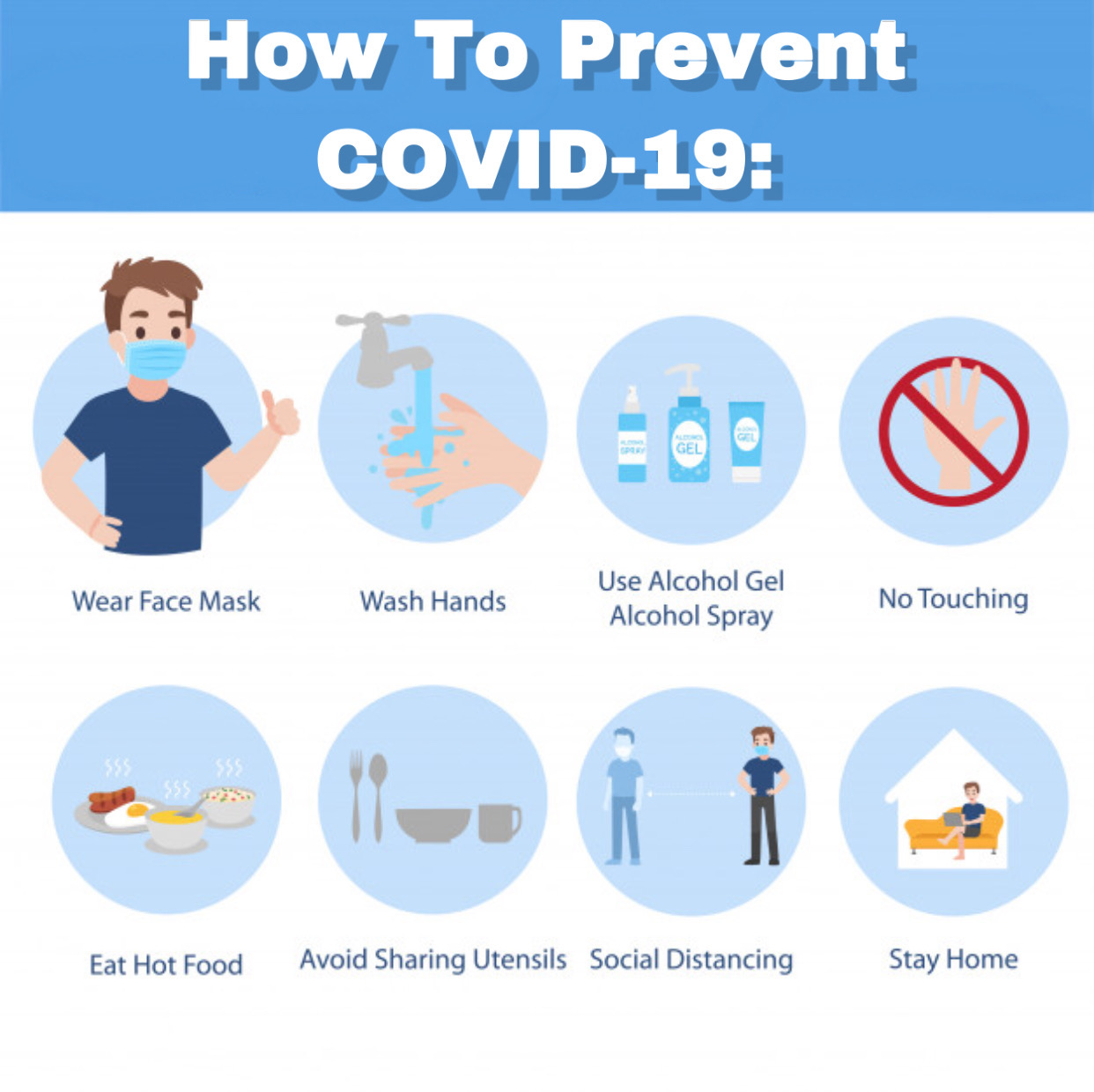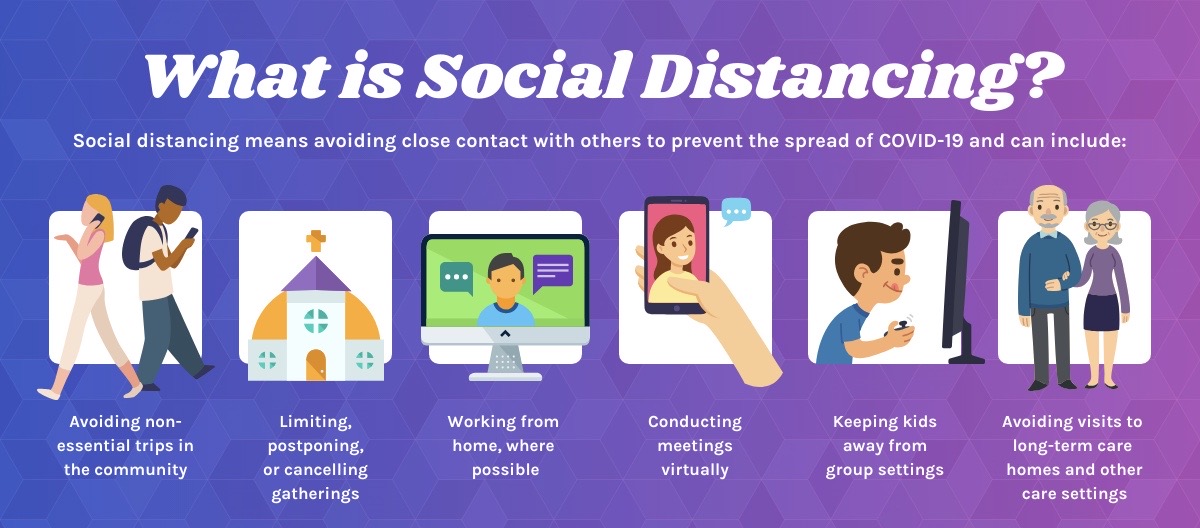Survive The Pandemic; Stay Informed!
Welcome to NoCorona; the place where the battle for a free virus community is waged. Please browse the site and obtain assistance where it suits you most.
Overview of coronaviruses
This virus is thought to spread mainly from person-to-person
- Between people who are in close contact with one another (within about 6 feet).
- Through respiratory droplets produced when an infected person coughs, sneezes, or talks.
- These droplets can land in the mouths or noses of people who are nearby or possibly be inhaled into the lungs.
- COVID-19 may be spread by people who are not showing symptoms.
- Before preparing or eating food it is important to always wash your hands with soap and water for at least 20 seconds for general food safety. Throughout the day use a tissue to cover your coughing or sneezing, and wash your hands after blowing your nose, coughing or sneezing, or going to the bathroom.
The virus may be spread in other ways
- It may be possible that a person can get COVID-19 by touching a surface or object that has the virus on it and then
touching their own mouth, nose, or possibly their eyes. This is not thought to be the main way the virus spreads, but we are still learning more about how this virus spreads.
- Surfaces, hands mucous membranes – the coronavirus has a membrane that can allow it to remain dormant for up to 5 days on an untreated surface.
- Enclosed environments – buses, cars, planes, small room, crowd gatherings.
- People without symptoms can still spread the coronavirus.
- COVID-19 seems to be spreading easily and sustainably in the community (“community spread”) in many affected geographic areas. Community spread means people have been infected with the virus in an area, including some who are not sure how or where they became infected
Spread between animals and people
- At this time, the risk of COVID-19 spreading from animals to people is considered to be low.
- It appears that the virus that causes COVID-19 can spread from people to animals in some situations. CDC is aware of a small number of pets worldwide, including cats and dogs, reported to be infected with the virus that causes COVID-19, mostly after close contact with people with COVID-19.
Protect yourself and others
The best way to prevent illness is to avoid being exposed to this virus. You can take steps to slow the spread.
- Maintain good social distance (about 6 feet). This is very important in preventing the spread of COVID-19.
- Wash your hands often with soap and water. If soap and water are not available, use a hand sanitizer that contains at least 60% alcohol.
- Routinely clean and disinfect frequently touched surfaces.
- Cover your mouth and nose with a cloth face covering when around others.
What you need to know
- Wear reusable or disposable gloves for routine cleaning and disinfection.
- Clean surfaces using soap and water, then use disinfectant.
- Clean or launder items according to the manufacturer’s instructions.
- Wash your hands often with soap and water for 20 seconds.
- If some is sick keep a separate bedroom and bathroom for the person who is sick (if possible).
COVID-19 Emergency Care
Look for emergency warning signs* for COVID-19. If someone is showing any of these signs, seek emergency medical care immediately
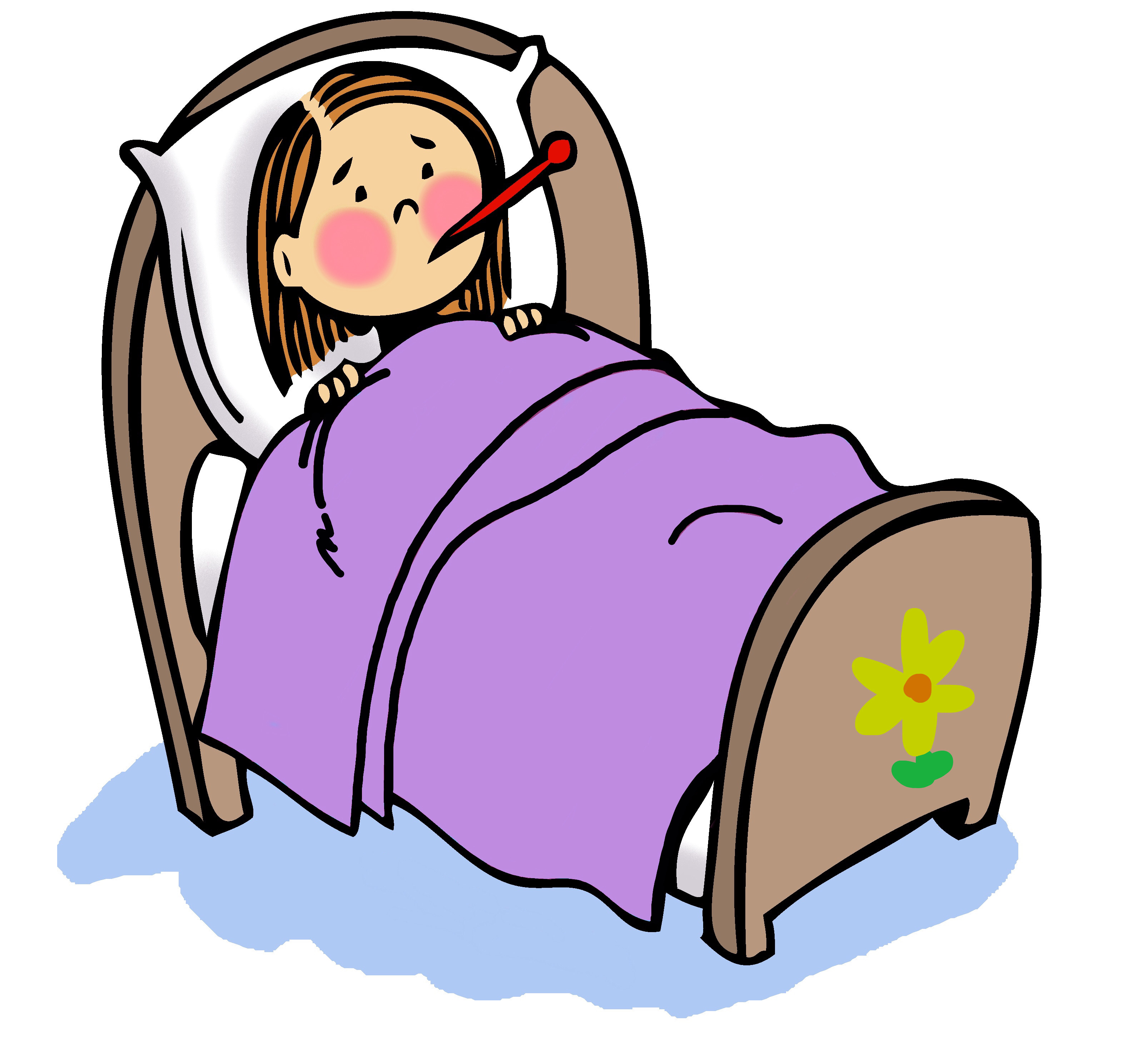
-
Trouble breathing
-
Persistent pain or pressure in the chest
-
New confusion
-
Inability to wake or stay awake
-
Bluish lips or face
*This list is not all possible symptoms. Please call your medical provider for any other symptoms that are severe or concerning to you.
Call 911 or call ahead to your local emergency facility: Notify the operator that you are seeking care for someone who has or may have COVID-19.
Everyone should wash your hands often
- Wash your hands often with soap and water for at least 20 seconds especially after you have been in a public place, or after blowing your nose, coughing, or sneezing.
- It’s especially important to wash:
- Before eating or preparing food
- Before touching your face
- After using the restroom
- After leaving a public place
- After blowing your nose, coughing, or sneezing
- After handling your cloth face covering
- After changing a diaper
- After caring for someone sick
- After touching animals or pets
- If soap and water are not readily available, use a hand sanitizer that contains at least 60% alcohol. Cover all surfaces of your hands and rub them together until they feel dry.
- Avoid touching your eyes, nose, and mouth with unwashed hands.
...............................................................
We have compiled the best practices and lessons learned that communities have already faced fighting COVID-19. This collection is not exhaustive, but we will continue to add content and highlight key areas where communities can benefit from learning.
Stay Informed
Get the latest public health information on coronavirus
